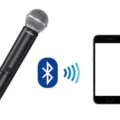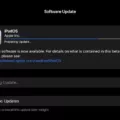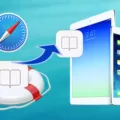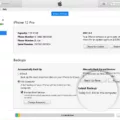The iPad has revolutionized the way we interact with technology, providing us with a sleek and intuitive touchscreen interface. However, what happens when that touchscreen stops working? It can be frustrating and inconvenient, but fear not, as there are several steps you can take to troubleshoot and resolve this issue.
First and foremost, let’s start with the basics. Before diving into more complex solutions, make sure to restart your iPad. Often, a simple restart can fix minor glitches and restore the touchscreen functionality. To restart your iPad, press and hold the power button until the slider appears on the screen. Slide it to power off, wait for a few seconds, and then press the power button again to turn it back on.
If restarting your iPad doesn’t solve the problem, the next step is to ensure that your screen is clean and free of any debris or water. Sometimes, dirt or moisture can interfere with the touchscreen’s responsiveness. Gently wipe the screen with a clean, soft cloth, and avoid using any harsh chemicals or abrasive materials.
Additionally, it’s important to disconnect any Lightning or USB-C accessories that may be connected to your iPad. Sometimes, these accessories can interfere with the touchscreen’s functionality. After removing the accessories, try using a different outlet, cable, or charger to rule out any issues with power supply or connectivity.
If the touchscreen still isn’t responding, it’s time to delve deeper into troubleshooting. One option is to try entering Safe Mode. This can help determine if a third-party app is causing the issue. To enter Safe Mode, press and hold the power button until the “slide to power off” prompt appears. Then, release the power button and press and hold the volume up or down button until the device restarts with the Safe Mode label in the bottom-left corner. If the touchscreen works in Safe Mode, it indicates that a third-party app is the culprit. Uninstalling recently installed apps can help resolve the issue.
In some cases, the problem may lie with a specific part of the touchscreen. To test this, you can use alternative means of control. Some devices offer the option to control the screen via facial movements or voice commands. Explore these settings in your iPad’s accessibility options to see if you can regain control of the device.
If all else fails, a more drastic solution is to reset your iPad to factory settings. This will erase all data and settings from your device, so make sure to back up any important information beforehand. To perform a factory reset, go to the Settings app, tap General, then Reset, and choose “Erase All Content and Settings.” Follow the on-screen prompts to complete the process.
If your iPad has a memory card or SIM card, try removing them and then restarting the device. Sometimes, issues with these external components can affect the touchscreen’s functionality.
Dealing with a non-responsive iPad touchscreen can be frustrating, but by following these troubleshooting steps, you can often resolve the issue without having to seek professional help or replace your device. Remember to always keep your iPad updated with the latest software and firmware to ensure optimal performance.
A non-working iPad touchscreen can be resolved through simple troubleshooting steps such as restarting the device, cleaning the screen, disconnecting accessories, entering Safe Mode, testing alternative control options, resetting to factory settings, and removing memory or SIM cards. By following these steps, you can often regain control of your iPad and continue enjoying its amazing features.
How Do You Fix An Unresponsive Touch Screen iPad?
To fix an unresponsive touch screen on your iPad, you can follow these steps:
1. Restart your iPad: Press and hold the power button until the “Slide to power off” option appears. Slide it to power off the device. Wait for a few seconds, then press and hold the power button again until the Apple logo appears.
2. Clean the screen: Make sure your iPad’s screen is clean and free from any debris or water. Use a soft, lint-free cloth to gently wipe the screen and remove any fingerprints, dust, or smudges that may be affecting the touch responsiveness.
3. Disconnect accessories: If you have any Lightning or USB-C accessories connected to your iPad, such as charging cables or adapters, disconnect them. Sometimes, a faulty or incompatible accessory can interfere with the touch screen functionality. After disconnecting the accessories, check if the touch screen is responsive again.
4. Use a different power source or cable: If your touch screen works after removing an accessory, try using a different power outlet, charging cable, or charger. It’s possible that the current power source or cable is not providing enough power to the device, causing the touch screen to become unresponsive.
5. Update your iPad’s software: Ensure that your iPad is running the latest version of iOS. Software updates often include bug fixes and improvements that can resolve touch screen issues. To check for updates, go to Settings > General > Software Update and follow the prompts to download and install any available updates.
6. Reset settings: If the above steps didn’t resolve the problem, you can try resetting your iPad’s settings. This will not erase your data, but it will reset all settings to their default values. To do this, go to Settings > General > Reset > Reset All Settings. Enter your passcode if prompted, then confirm the reset.
If none of these steps work, it’s possible that there might be a hardware issue with your iPad’s touch screen. In such cases, it is recommended to contact Apple Support or visit an authorized service center for further assistance.
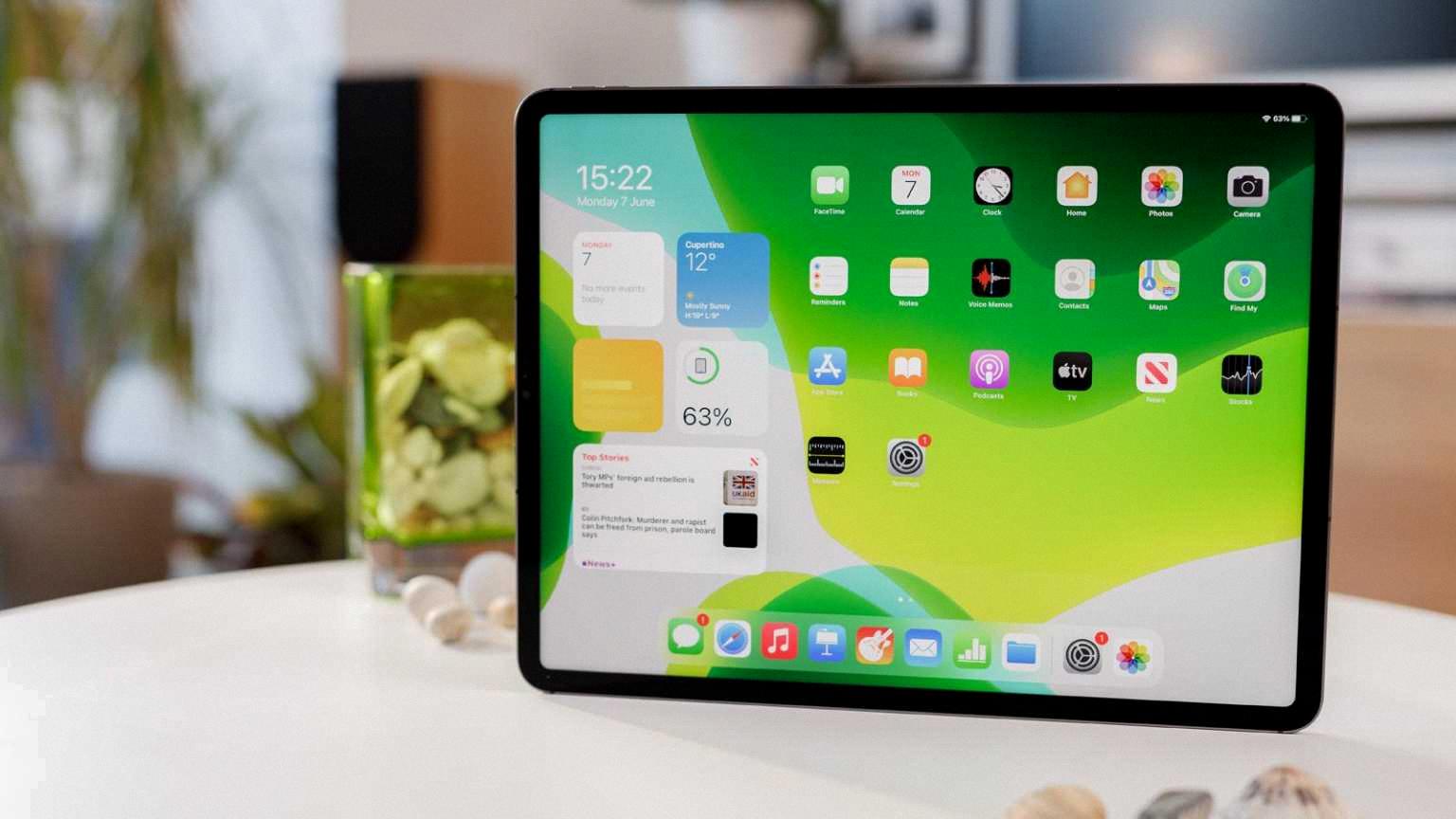
How Do You Fix An Unresponsive Touch Screen?
To fix an unresponsive touch screen on your Android device, you can follow these steps:
1. Restart your Android Phone/Tablet: Sometimes, a simple restart can resolve the issue by refreshing the device’s system. Press and hold the power button until the power menu appears, then tap on restart.
2. Turn on Safe Mode: Booting your device into safe mode helps determine if any third-party apps are causing the problem. To enter safe mode, press and hold the power button, then long-press the power off option until the safe mode prompt appears. Tap on “OK” to confirm.
3. Test Phone Affected Part: If only a specific part of the screen is unresponsive, you can use the device’s touch testing feature. Go to Settings > About phone (or About tablet) > tap repeatedly on “Build number” until it enables developer options. Then go back to the main settings menu, and under Developer options, find and tap on “Pointer location” or “Show touches” to test the screen.
4. Turn off Developer Options: If you have enabled developer options, it can sometimes interfere with the touch screen functionality. To turn it off, go to Settings > Developer options, then toggle the switch off.
5. Reset Device to Factory Settings: If the above steps don’t work, you can perform a factory reset. However, note that this will erase all data on your device, so ensure you have a backup before proceeding. Go to Settings > System > Reset > Factory data reset, and follow the prompts to reset the device.
6. Control Device via Facial Movements or Voice Commands: Some Android devices offer features like facial recognition or voice commands to control the device. You can enable these options in the Accessibility settings to navigate your device without using the touch screen.
7. Remove Memory Card & SIM Card: In some cases, a faulty memory card or SIM card can cause touch screen issues. Power off your device, remove the memory card and SIM card, then power it back on to check if the touch screen works properly without them.
By following these steps, you should be able to troubleshoot and fix the unresponsive touch screen issue on your Android device.
Why Can’t You Press Anything On Your iPad?
There could be several reasons why you are unable to press anything on your iPad. Here are some possible explanations:
1. Touchscreen obstruction: Ensure that there is nothing obstructing the touchscreen, such as gloves, dirt, or moisture. Clean the screen with a soft cloth and try again.
2. Restart the iPad: Sometimes, a simple restart can resolve touchscreen issues. Press and hold the power button until the “Slide to power off” option appears. Slide it to turn off the device and then press the power button again to turn it back on.
3. Unresponsive accessories: If you have any accessories connected to your iPad, such as a keyboard or a stylus, disconnect them and check if the touchscreen starts working.
4. Extreme temperature conditions: Extremely hot or cold temperatures can affect the iPad’s touchscreen functionality. Move to a more moderate environment and see if that resolves the issue.
5. Software glitch: Occasionally, a misbehaving app or software glitch can cause touch sensitivity problems. Update your iPad to the latest software version available by going to Settings > General > Software Update.
6. Physical damage: If your iPad has been dropped or exposed to physical trauma, it could result in touchscreen issues. In such cases, it may require professional repair or replacement.
If none of these solutions work, it is recommended to contact Apple Support or visit an authorized service center for further assistance.
Conclusion
The iPad is a highly popular and versatile device that offers a wide range of features and functionalities. Its sleek design, powerful performance, and intuitive user interface make it a favorite among users of all ages.
One of the key features of the iPad is its touchscreen, which allows for easy and intuitive navigation. However, there may be instances where the touchscreen becomes unresponsive or stops working altogether. In such cases, it is important to troubleshoot the issue and identify the underlying cause.
The first step in resolving touchscreen issues on an iPad is to restart the device. This simple action can often fix minor software glitches that may be causing the problem. It is also important to ensure that the screen is clean and free of any debris or water, as these can interfere with touch sensitivity.
If the issue persists, it may be worth disconnecting any accessories that are connected to the iPad, such as Lightning or USB-C cables. Sometimes, a faulty or incompatible accessory can interfere with the touchscreen functionality. Trying a different outlet, cable, or charger can also help determine if the issue lies with the power source.
If none of these solutions work, it may be necessary to perform a factory reset on the iPad. This will erase all data and settings on the device, so it is important to back up any important information beforehand. A factory reset can often resolve software-related issues that may be affecting the touchscreen.
In some cases, touchscreen problems on an iPad may be caused by hardware issues. If the device is still under warranty, it is advisable to contact Apple or an authorized service provider for assistance. They will be able to diagnose and repair any hardware-related problems.
While touchscreen issues on an iPad can be frustrating, there are several steps that can be taken to resolve them. By following the troubleshooting steps outlined above, users can often restore full functionality to their iPad touchscreen and continue enjoying the many features and capabilities of this versatile device.

